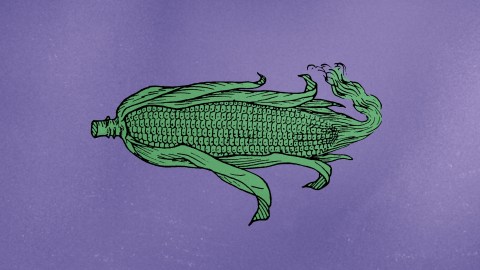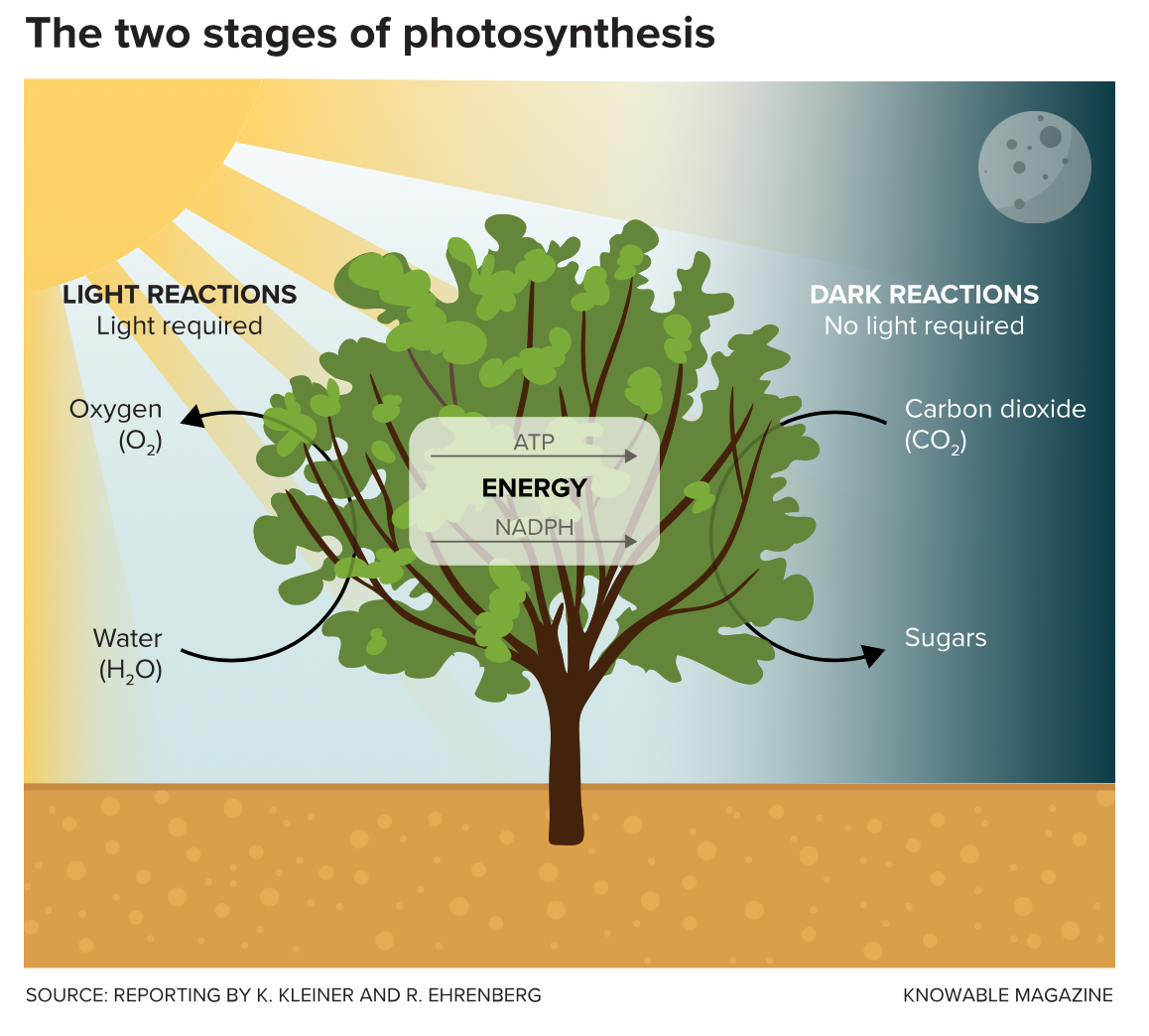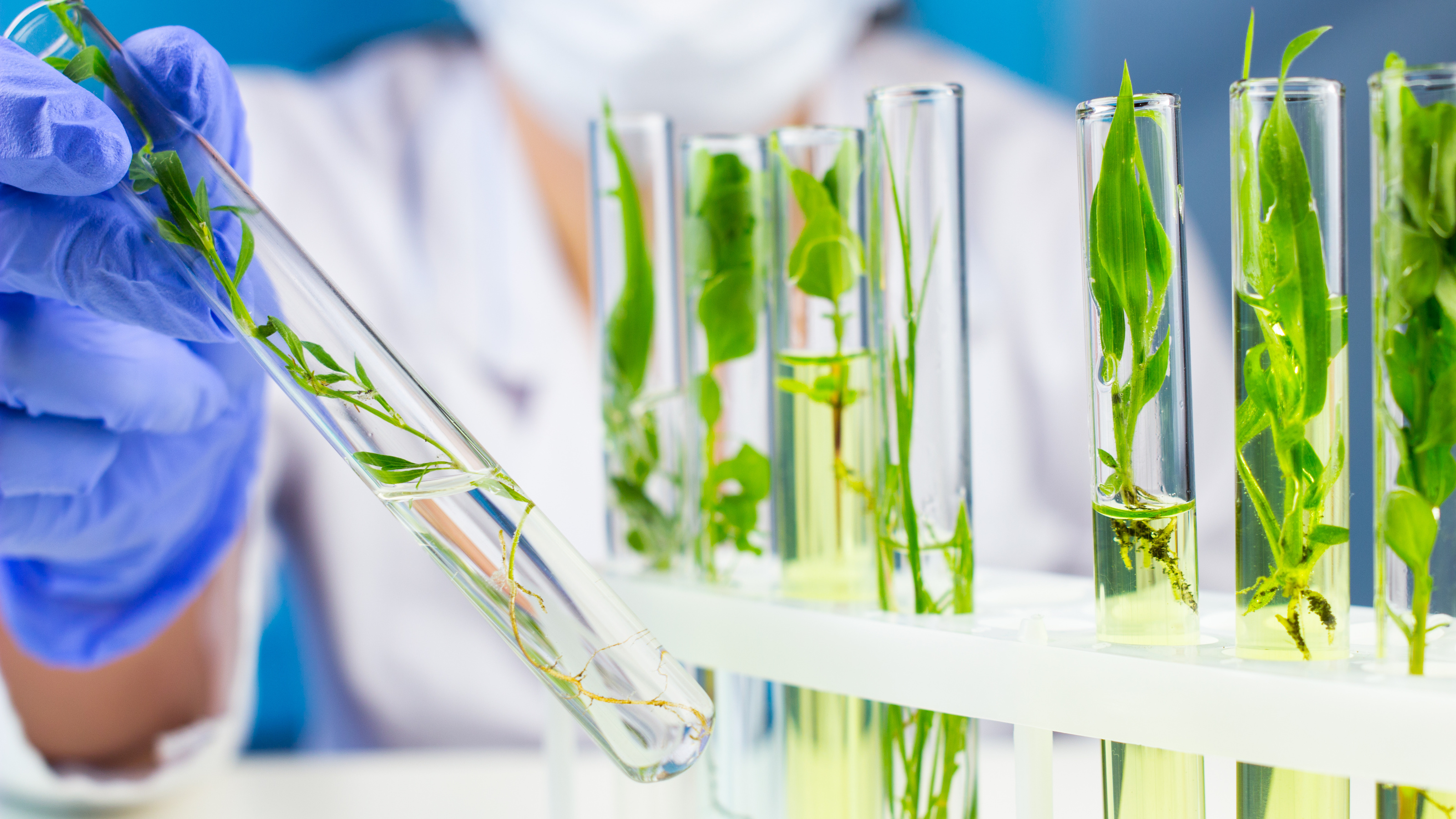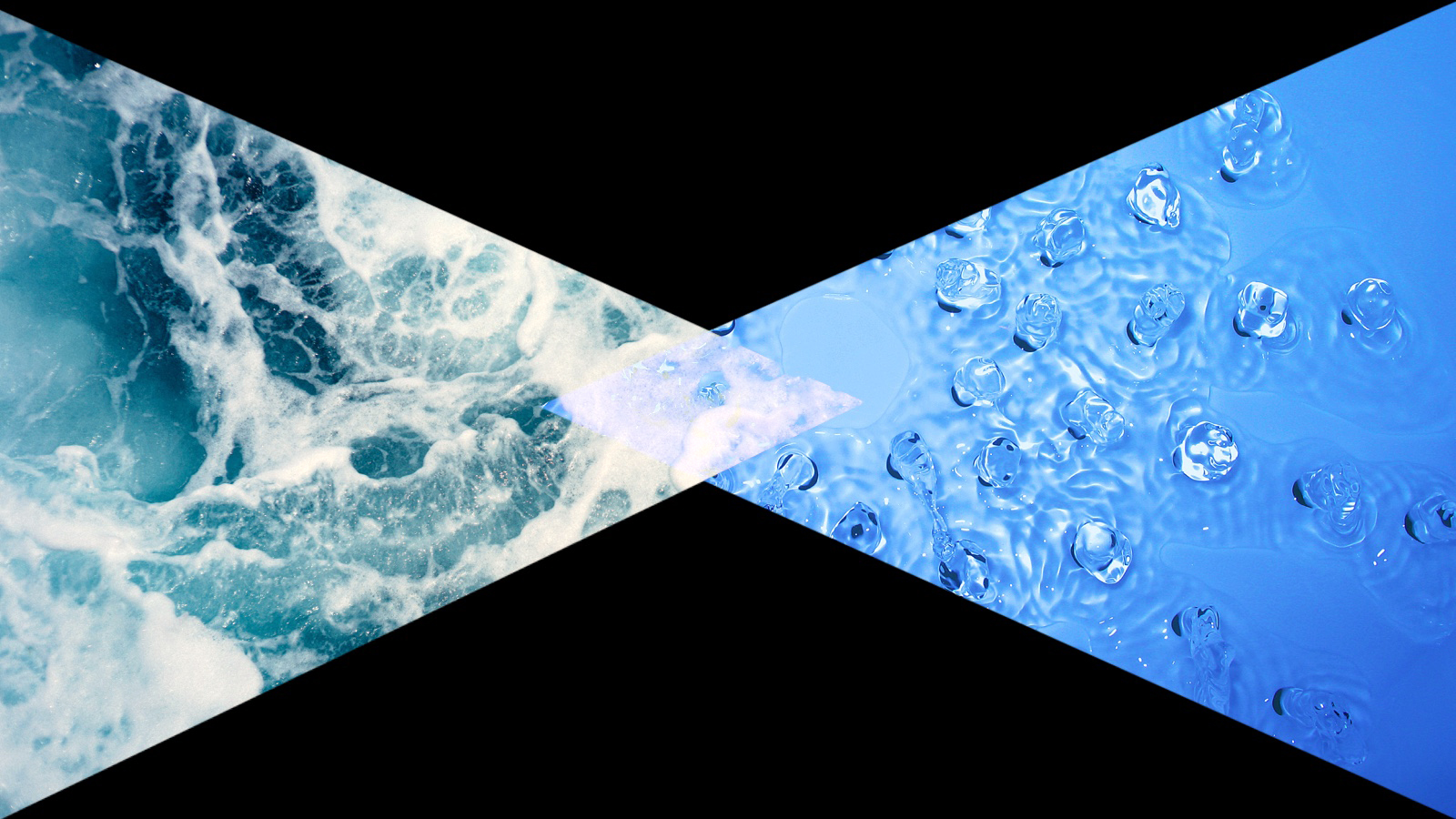How to make corn more like cactus

This past summer, a widespread drought across the United States lowered crop yields by as much as one-third as corn, wheat, barley and other plants suffered from too much heat and too little water. It’s a scenario that will likely become more common as climate change makes much of the world a hotter, drier place.
Scientists are trying to teach old crops some new tricks that will let them flourish in these harsher conditions — turning to secrets that reside in plants like pineapples, orchids and agaves. These and certain other plants have hacked photosynthesis in ways that allow them to thrive when it’s hot and dry, and even to withstand blistering periods of drought.
Many orchids, for example, live in nooks and crannies of trees where their only water comes in sporadic bouts of rain, while others, like agaves, thrive in the rocky soils of desert grasslands. If scientists could engineer crop plants like rice and wheat to be more like these heat-tolerant species, crops could be grown in lands that can’t be farmed right now. Under the right conditions, researchers say, some crop yields could increase by 50 percent or more.
The work is still years from being done, but it could be vital. Climate change is predicted to cause more droughts and make farmland less productive. At the same time, the number of people the world needs to feed will increase to 10 billion from 8 billion by the end of the century.
“It is getting more and more apparent that climate change is going to be a big challenge,” says Xiaohan Yang, a plant molecular biologist at Oak Ridge National Laboratory in Tennessee. “These plants are a natural solution to mitigate climate change.”
The trouble with photosynthesis
Traditionally, crop improvements have come from targeting traits like the size of the plant, its resistance to pests or the length of its growing season. But in recent years, scientists have been targeting photosynthesis, the process by which plants grow that ultimately fuels almost all life on Earth.
Photosynthesis uses sunlight, water and carbon dioxide to make sugars and other molecules plants need. But in dry or hot environments, the dual requirements for water and carbon dioxide present a dilemma: To let carbon dioxide in, plants must keep open small pores on their leaves. But those same pores also let water vapor out. When it’s hot and dry, that can lead to deadly water loss, inefficient photosynthesis or both.
Photosynthesis happens in two main stages, however, and that provides an opening for scientists to work with. In the first part of photosynthesis, called the “light reactions,” the plant captures photons from the sun. The main point of this stage is to create energy-storing molecules that will fuel reactions in the next step. It’s akin to filling up a tank of gasoline so you can be at the ready.
The second stage of the process, the “dark reactions,” doesn’t require light. An enzyme called rubisco grabs carbon dioxide that has entered the leaf and attaches it to a molecule known as RuBP. The sunlight’s energy that was captured and stored earlier is used to fuel reactions that create a simple sugar from the carbon. The plant can use the sugars to make more complex molecules.
This version of photosynthesis is how 85 percent of all plants do things, including most trees and most major food crops — rice, wheat, soybeans and more. Such plants are referred to as C3 plants because they make a three-carbon molecule in one of the first steps of photosynthesis.
Although only the first part of photosynthesis requires light, in most plants both parts of the process — including grabbing CO2 — happen at the same time, while the sun is shining. If it gets hot, the pores in the leaf either remain open and lose water, or close and shut off access to CO2 in the air. If the pores close, the concentration of CO2 inside the leaf drops so there’s less CO2 for photosynthesis. Worse still, it can really gum up the works — because the enzyme rubisco starts grabbing oxygen instead. This kicks off a wasteful process called photorespiration, during which the plant has to throw out some of the carbon it’s painstakingly collected. Photorespiration can cut the efficiency of fixing carbon by 40 percent, stunting the plants.

Plants have figured out two slightly different ways to get around the problem and scientists are hoping to exploit both of them. Some plants use a process called Crassulacean acid metabolism, or CAM: They take in CO 2 during the night, while it’s relatively cool, and concentrate and store it until it can be used during the day to make sugars. Other plants — known as C4 plants — concentrate and store carbon dioxide in specialized cells, thus avoiding the wasteful photorespiration.
In both cases, these plants have separated the part of photosynthesis that captures carbon dioxide from the air from the part of the process where rubisco grabs the CO2 and begins the process of turning it into a sugar. CAM plants separate the processes according to time of day, and C4 plants separate them physically in different parts of the plant.
The adaptations help plants in two different ways. In the first place, they save water, letting the plant make do with less. Just as important, by limiting the wasteful effects of photorespiration they let the plants grow bigger from the same amount of nutrients.
The CAM strategy
CAM got its name from Crassulaceae, the family of succulent plants in which it was first observed. The strategy with its extra step evolved starting some 20 million years ago.
This article originally appeared in Knowable Magazine, a nonprofit publication dedicated to making scientific knowledge accessible to all. Sign up for Knowable Magazine’s newsletter.






